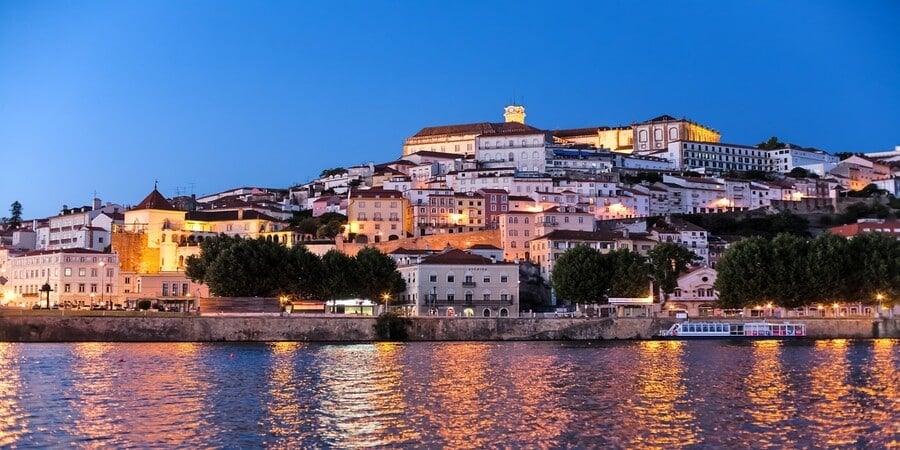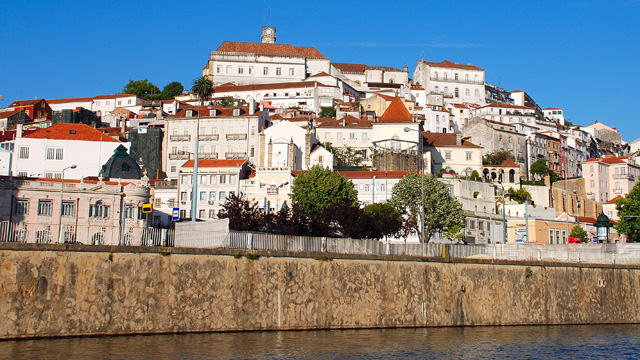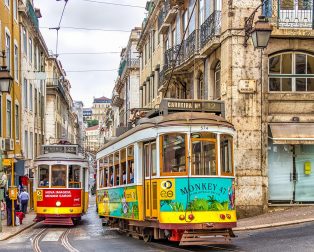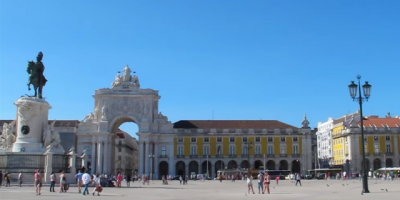Coimbra on the Camino Portugués
The Camino Portugués passes through the quaint city of Coimbra. Notably, in June 2013, Coimbra University was declared a UNESCO World Heritage Site, highlighting its historical and cultural significance.
Coimbra University: A UNESCO World Heritage Site
Perched on a hill overlooking the River Mondego, Coimbra is a charming pocket-sized city. It was once the medieval capital of Portugal and is home to one of the oldest universities in the world. Coimbra University’s buildings are spread around the old town (Cidade Alta). Consequently, the whole city has been listed as a UNESCO World Heritage Site.

A Rich History
King Don Dinis de Portugal founded the University in the 13th century. Today, it hosts about 20,000 students during the academic year. Portugal’s greatest poet, the 16th-century poet Luiz de Camões, is among its most famous former pupils.
Coimbra’s Historical Highlights
Ancient Roots
Coimbra is a city in central Portugal with a rich history dating back to the Roman occupation of the Iberian Peninsula. They founded it as a Roman settlement called Aeminium. Later, it became the capital of the Kingdom of Portugal during the High Middle Ages.

The University’s Legacy
The University of Coimbra, founded in 1290, is one of the oldest universities in Europe. It has a long tradition of academic excellence and has played a key role in the city’s cultural and intellectual life.
Middle Ages Cultural Hub
Futhermore, in the Middle Ages, it was an essential centre of learning and culture. It was the site of the first Portuguese university and the first printing press in Portugal, established in 1487. During this time, it became known for its cultural and artistic innovation. It boasted a thriving community of poets, writers, and artists.
Maria, speaking about Coimbra University being declared a UNESCO World Heritage Site in June 2013.
Economic Growth and Modernisation
19th and Early 20th Centuries
Indeed, in the 19th and early 20th centuries, Coimbra experienced significant economic growth and modernisation. The city’s economy was based on textiles, printing, and other industries. With the construction of the railway, it became an important transportation hub.
20th and Early 21st Centuries
In the late 20th and early 21st centuries, it underwent further development and modernisation. They constructed new cultural and recreational facilities, including the Portugal dos Pequenitos theme park and the Coimbra Football Stadium.
Coimbra Today
Today, it is a vibrant city with a rich cultural heritage. It is home to several important historical and cultural landmarks, including the University of Coimbra, the Monastery of Santa Clara-a-Velha, and the Coimbra Cathedral. The lively student population, festivals, and cultural events also make the city well-known. Celebrations like the Festa das Latas and the Festa das Chouriças are popular.
For more information about the Portuguese Coastal Camino or any of the Camino routes, please don’t hesitate to contact us.




